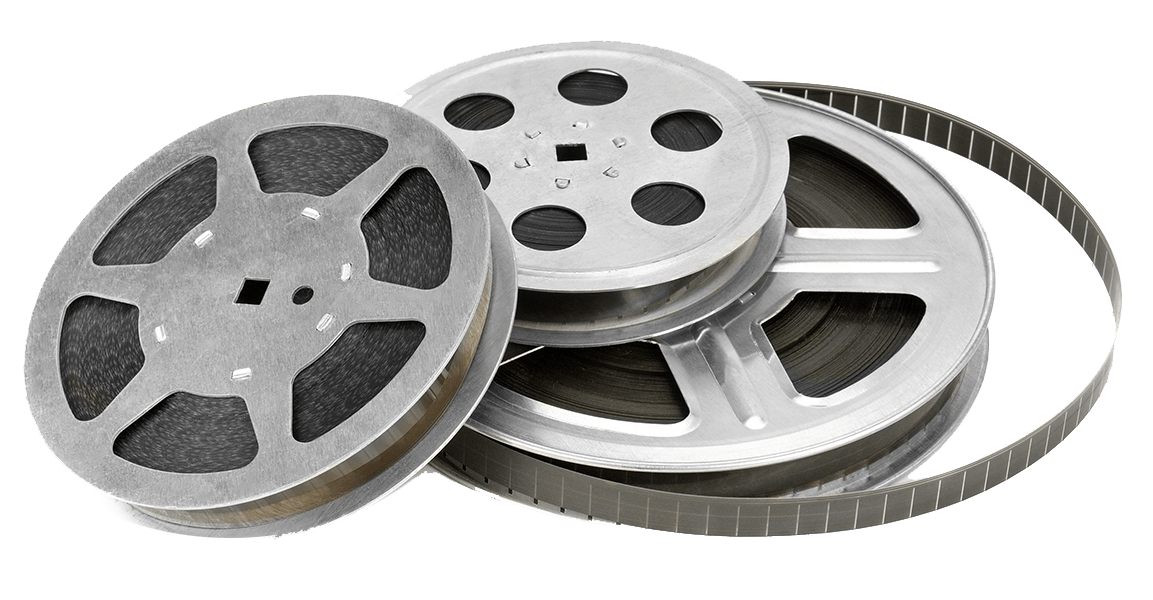
At first, targeted towards Educational and Industrial institutions, the 16mm format film was developed by Kodak in the 1920s to offer a cost-effective alternative to 35mm film. The medium, which would benefit from the introduction of cellulose acetate as a base material, had become the first consumer level film format to be completely non-flammable, a problem which plagued the 35mm’s nitrate with a tendency to overheat during playback.
While it’s economical traits made it a wise choice for industrial organizations, including the United States Military whose training and instructional videos would be found exclusively on the format, Kodak was able to appeal to a large portion of the home-movie market with the introduction of a film rental system, the Kodascope Library.
This film format is easily distinguished by it’s 16mm width. Early versions could be found with perforations along both sides. But upon the inclusion of sound, in the 1930s, the film would feature perforations on only one side, while reserving the other for a soundtrack.











